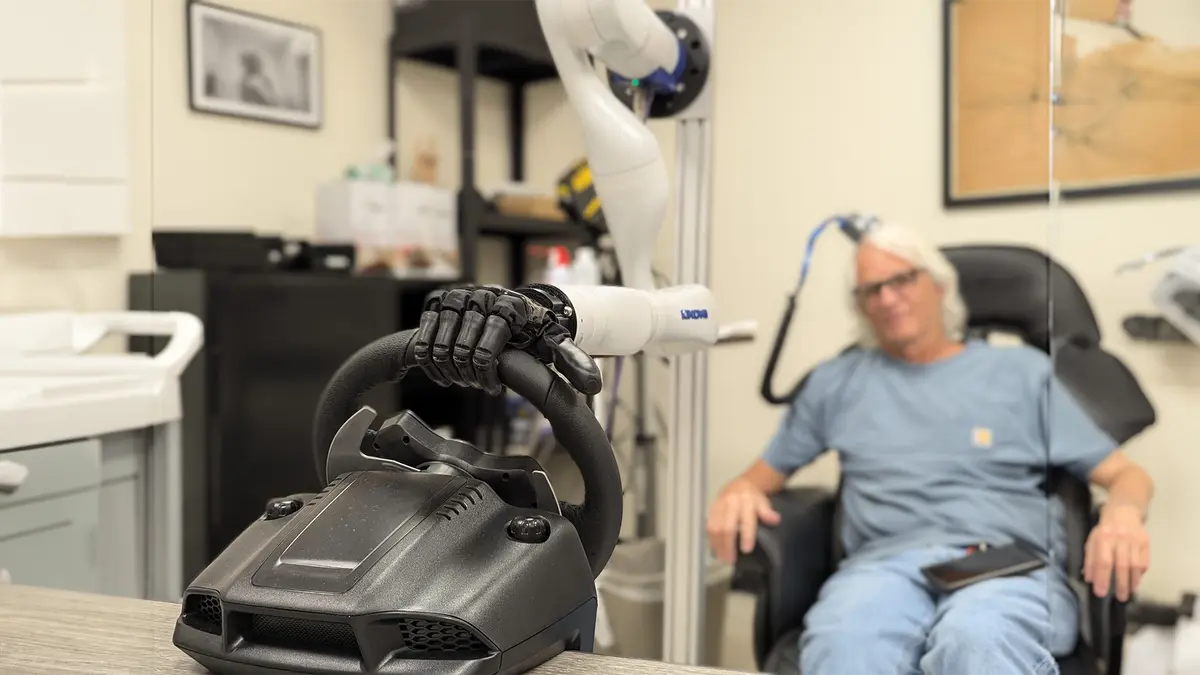
The prosthetic hand restores touch and moves with thought, helping users regain control and feel, improving daily life for those with sensory loss.

People rely heavily on the ability to touch and proprioception, which is the awareness of the body’s position and movement, for daily functioning. For individuals who have undergone amputation, the loss of these senses reduces their autonomy and affects their quality of life. Researchers from the University of Chicago have pioneered neural prosthesis technology to address this challenge. By integrating brain stimulation with advanced robotic prosthetics, they aim to restore the sense of touch to prosthetic limbs.
Building the science of artificial touch
This technology enables users to operate prosthetic limbs simply by thinking about movements. Simultaneously, sensors on the limb relay touch feedback to the brain using intracortical microstimulation (ICMS).
The study concentrated on ensuring that the electrodes’ tactile feedback was reliable, specific to certain areas, and sufficiently intense for everyday use. Participants described where and how intensely they felt the touch when particular electrodes were activated. With this data, the researchers developed precise sensory maps of the hand.
Activating neighbouring electrodes simultaneously resulted in more intense and distinct sensations, improving users’ ability to detect touch and pressure accurately. This reliability is vital for prosthetic users to feel confident in their devices, making daily activities such as grasping objects more natural and reducing mistakes.
Adding movement and complex sensations
Beyond aiding those who have lost a limb, this technology could also help individuals experiencing other forms of sensory loss, such as those recovering from mastectomies.
Although there are still hurdles to overcome, these developments move researchers nearer to a future where prosthetic limbs are more than just functional aids; they offer users a means to feel and interact with the world around them.










